Global DPS 2026 Education
Case Study: Igel Increases Efficiency and Minimizes Risk with New Excavator Focused Technology
April Mitchell - CMO, Marketing & Customer Experience, Norfield
Mary Logan - Vice President - Safety & Employee Development, George J. Igel & CO., Inc.

From Crisis to Culture Shift: What America Burning Teaches about Damage Prevention

Utility Locating & Mapping Technologies: EM, GPR, Acoustic, SPAR and RTK
Adam Zeciri - Founder, Locating Dynamics

PHMSA Strategies to Ensure Compliance
David Appelbaum, Senior Transportation Specialist, Pipeline and Hazardous Materials Safety Administration (PHMSA)


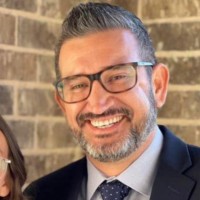
As original One Call centers and the industry as a whole turned 50 years old, an emerging need for the next generation of Executive Directors and Chief Executive Officers was identified. As long-time and current leaders retire or move on, the opportunity to develop and prepare emerging leaders became evident. This session will cover the curriculum that was designed to create prepared professionals to fulfill succession plans and carry forward the mission of damage prevention, public safety, and industry collaboration that is critical to the success of all One Call centers.

Learn about the Alternate Locate Provider (ALP) Program, a new option for how locates can be delivered in Alberta, Canada. The ALP Program allows Locate Service Providers (LSPs) to register their services with Utility Safety Partners (USP) following a comprehensive training and audit process; and, provides excavators with the option to hire a registered locator to complete locates on behalf of participating USP members. The ALP Program allows project owners to work directly with LSPs, improving communication and providing greater certainty around project timing, costs, and most importantly, reducing damages.
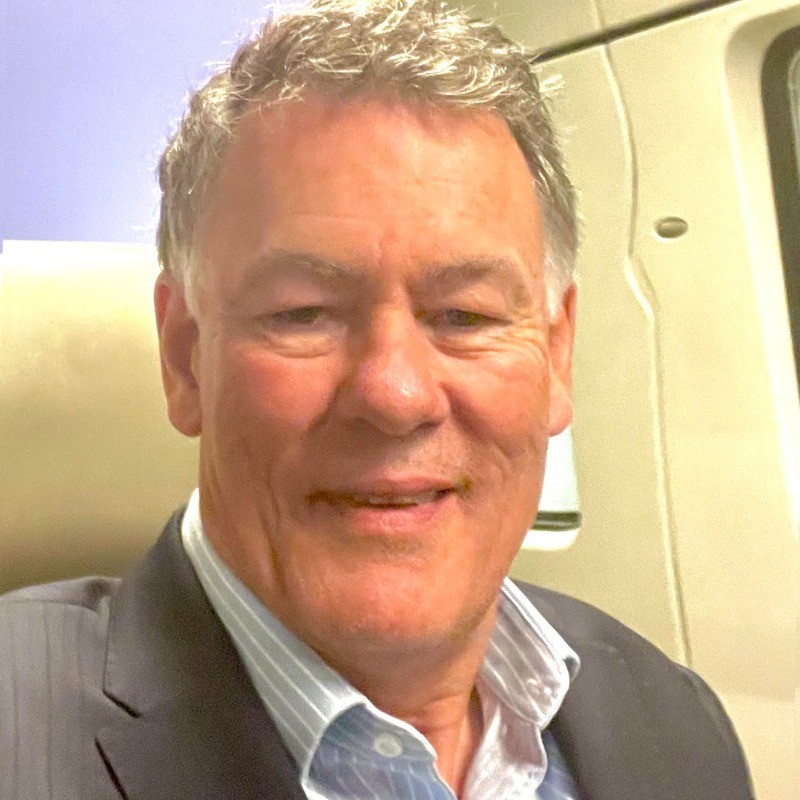


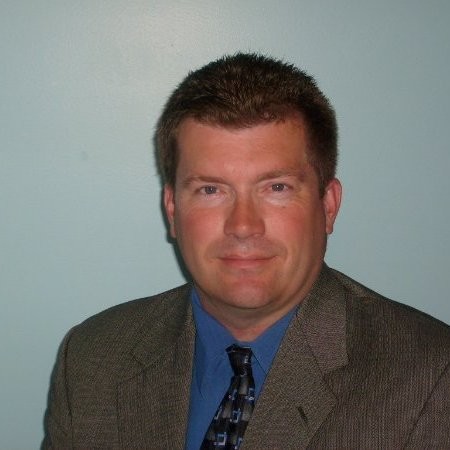
Discover how standards-based digital twins are reshaping underground data collection and why real-time “as-dug” data now matters more than legacy as-builts. See Geolantis.360 turn high-accuracy mobile captures into a live, shareable twin—complete with walk-back navigation, custom symbology, and one-tap reporting—so every stakeholder can plan and dig with confidence.

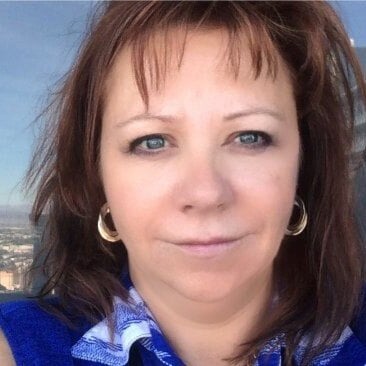

Many professions require certification to be qualified to do the task. Once you are certified you need to meet ongoing education requirements to stay current. A standard for a Damage Prevention Professional Certification Program will be discussed, including structure, new developments, progress, and accreditation philosophy. This session will focus on how this type of program can improve damage prevention and how it can be rolled out globally.


At the core of damage prevention is recognizing risks related to the excavation process. Stakeholders achieve this in a number of ways, however, the use of technology at the beginning of the process is key to reducing damages. This session will dive into how George J Igel & Co is using new technology to streamline the management of 811 tickets. This session will illuminate the critical importance of the voice of the excavator in understanding how to combine both technological innovations and established practices and procedures. Don’t miss this opportunity to hear directly from one of the largest excavators in Ohio as to how new technology is helping them achieve operational excellence and risk mitigation.

The American Petroleum Institute (API)'s new API Pipeline Safety Management System (SMS) Contractor Safety Assessment Program, building on the success of its established Pipeline SMS: A Contractor’s Guide, and its associated implementation tools, is the culmination of API’s work with the Distribution Contractors Association to help meet both contractor needs and operator’s priorities for pipeline SMS implementation. The program provides pipeline contractors with access to experienced safety professionals who offer feedback on safety management systems, promoting greater alignment with pipeline operators and improving safety across the industry. API worked with the Distribution Contractors Association to produce the Pipeline SMS Contractor Assessment Program, a three-tiered structured offering to help contractors implement programs that support pipeline safety.



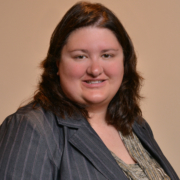
Every board wants to be a catalyst for organizational success, but most boards struggle to foster a high-performance culture that engages members and drives effective governance. This interactive session explores the essential elements of high-performance board culture explicitly tailored for the 811 Notification Center's board of directors and executive leadership. Attendees will gain insights into fostering a culture of collaboration, accountability, and strategic alignment that enhances board effectiveness and drives organizational success. This session will empower leaders to embrace best practices and innovative approaches that elevate board performance, support their mission, and will be tooled with tactical actions they can take back and apply at their board meetings.






This presentation will cover the underlying causes driving damages to major underground services in Australia in the last 2.5 years, based on field investigations and legal cases. It will also provide a unique perspective in capturing, analyzing, and avoiding damages from the largest telecommunications provider in Australia (Telstra) including the use of cutting-edge technology to prevent, analyze, and predict damage.


In an era where precision and efficiency are paramount, the transition from traditional underground utility marking methods to Digital Locate™ solutions represents a significant leap forward for the Damage Prevention industry. Drawing from real-world applications and case studies, the session will demonstrate how Digital Locating™ enhances accuracy, reduces field time, and improves communication among stakeholders. Attendees will gain insights into the integration of advanced geospatial data, AI-driven analysis, and mobile-friendly platforms, which together deliver instantaneous and reliable underground line information directly to field personnel. The presentation will also cover the challenges and opportunities associated with adopting Digital Locate™ systems, including regulatory considerations, data security, and the pathway to industry-wide adoption.

The Eyes Wide Open (EWO) presentation is about how to get people who are new to your organization set up for success. Remember your first day of anything and the stress associated with it? Be it the first day at a new school, your first few months at a new job, or taking on a new project or challenge. The first few months of anything new can be very stressful. Add on top of that critical incident stress, cultural assimilation factors and new interpersonal dynamics, what tools did you gain in those first few months of learning and training to set you up for success?
EWO discusses the aspects on how to set up your learning programs to allow for maximum retention of information in the most efficient time period. Teaching and training philosophies are shared to provide the participants with the right tools for the creation of an effective instructional program.

Explore how the transformative principles from the 1973 report America Burning can inspire a cultural shift in damage prevention through the lens of pattern thinking. The session examines patterns in public awareness, regulation, and innovation to develop actionable strategies for reducing damage to underground infrastructure.
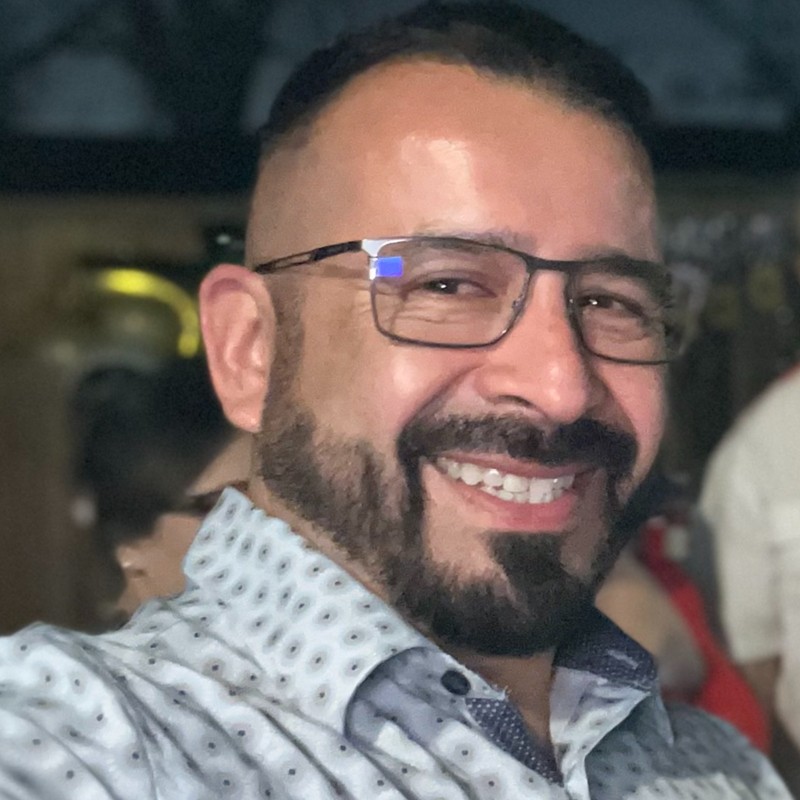
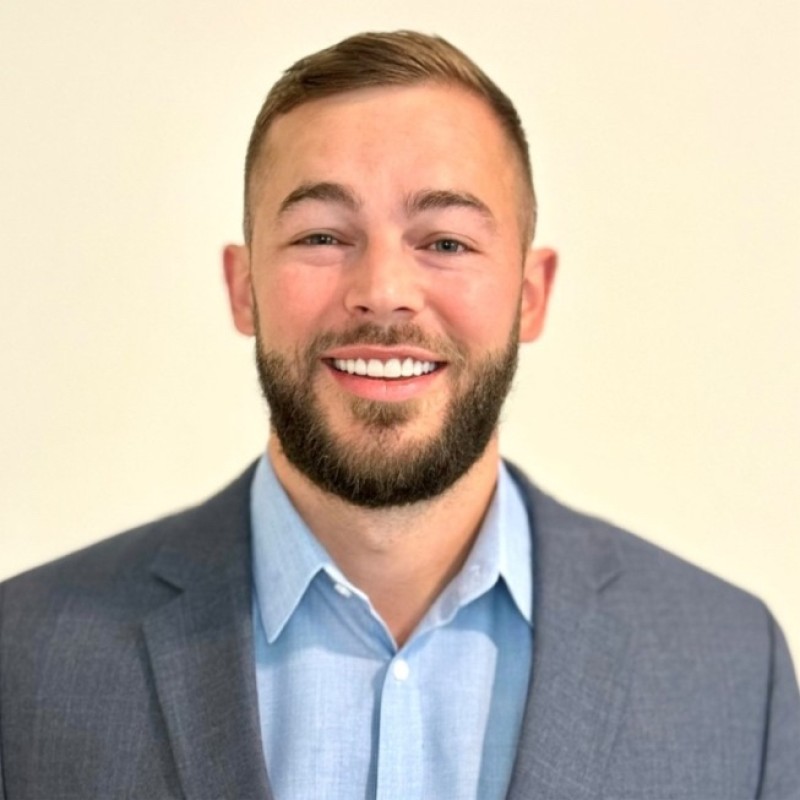
A strong safety culture is built on a company-wide, proactive commitment to safety, driven by visible leadership and active employee engagement. Instead of viewing safety as a chore or a barrier to productivity, workers see it as a core value from the top-down.

This presentation provides an overview of the PHMSA’s Damage Prevention Program. The program is designed to prevent excavation-related pipeline incidents, which remain one of the leading causes of pipeline failures, especially in populated areas. The session will explore regulatory requirement, which mandate effective damage prevention practices, as well as public awareness obligations. Emphasis will be placed on PHMSA’s enforcement priorities, including how operators integrate data from patrols, incident reports, and one-call systems to reduce third-party damage. Attendees will gain insights into best practices, compliance expectations, and PHMSA’s strategies for reducing excavation-related risks to people, property, and the environment. Beyond operator compliance, PHMSA actively collaborates with state regulators, one-call centers, utility locators, contractors, and marine construction entities to strengthen excavation safety. Special attention will be given to PHMSA’s outreach and educational initiatives aimed at preventing damage from dredging and other underwater activities near submerged pipelines.
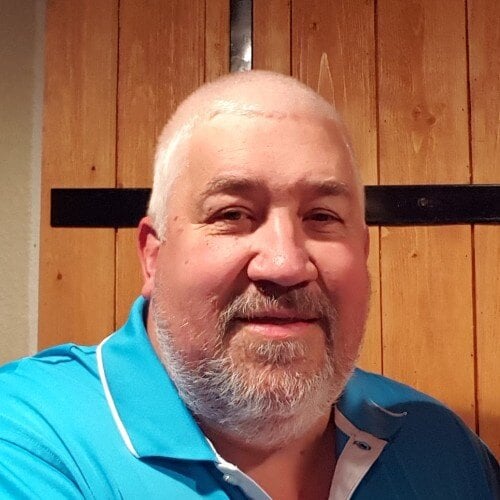
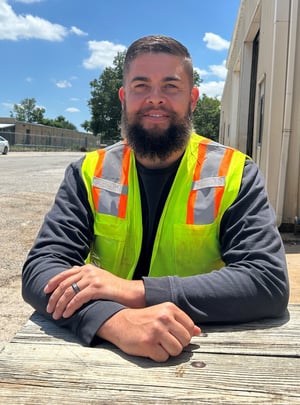

This presentation will explore how geofencing technology, a tool used by billion-dollar brands like Uber, Amazon, and Starbucks to target key audiences with precision, can be employed by pipelines and other utilities to save lives and protect critical infrastructure. By utilizing geofencing, companies can target safety information to affected public, excavators, and emergency responders within specific geographical zones. We’ll highlight how the Pipeline Association for Public Awareness (PAPA) has successfully implemented this cutting-edge technology, driving effective communication and enhanced safety practices, ensuring that vital information reaches the right people at the right time. Learn how geofencing can be a game changer for utility safety, creating a proactive approach to preventing accidents, and safeguarding communities and infrastructures alike.

Due to aging infrastructure and lack of accurate utility location information, there is significant underground congestion and conflicts, resulting in increased operational risk, especially at waterways and utility crossings. The ability to mitigate these risks by providing accurate digital as-built positional data at trenchless crossings, constructed via HDD methods can be done with in-line Inertial Measurement Unit (IMU) Mapping tools that are autonomous and provide highly accurate XYZ GPS location information. The result is a digital geolocated 3D map of buried assets that can be integrated into any existing software.
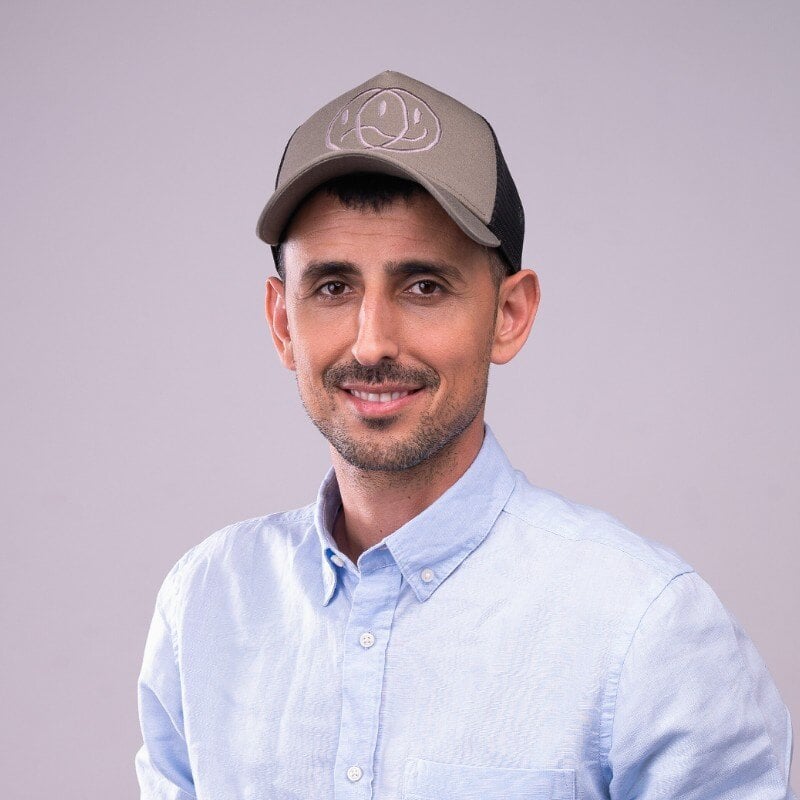
The future of utility location is evolving quickly and with Artificial Intelligence (AI) deployed alongside traditional Subsurface Utility Engineering (SUE) and One Call locating processes. It is changing the landscape of early risk mitigation and the asset management lifecycle. This session is an exploration of how the emergence of AI to collect, interpret, and synthesize the vast amount of siloed utility data available in the public and private domain is enhancing traditional efforts and transforming the Utility Asset Management Lifecycle and Utility Management markets.


Get updated on the tactics PHMSA has used in recent years, and plans to use in the future, to encourage operator accountability for compliance with damage prevention regulations.


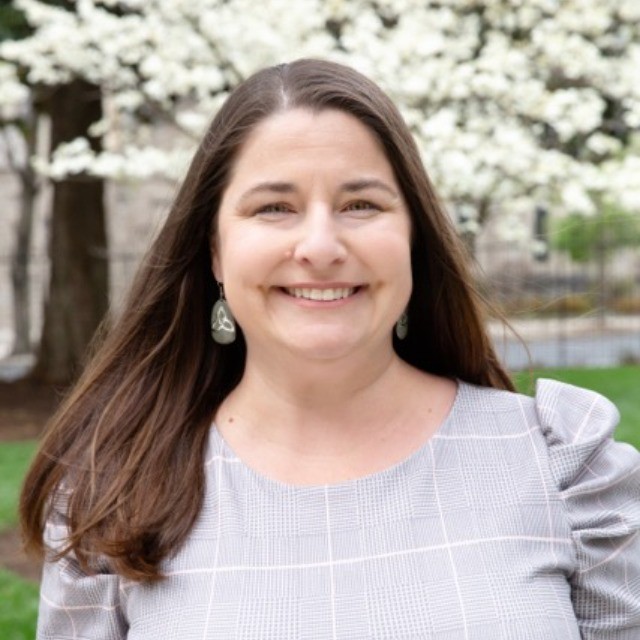
Positive response codes were designed to play a crucial role in clear and specific communication between excavators and utility locators. Both have expressed displeasure with the codes not being specific enough. Is it time to revisit the issue? Have current positive response codes contributed to a lack of clarity in the excavator process? Should there be universal codes that cross state lines to provide greater clarity and confidence in the system? Should the process begin with asking excavators and locators to sit down with Notification Centers to identify their specific concerns?

How to increase your leadership and emotional intelligence by focusing on how the human mind is divided into two basic aspects: the conscious and subconscious mind. “Power of Don’t” will give participants a new understanding on how these two aspects of the human psyche work with each other and how to ensure teaching, training, and mentorship programs are structured in such a way as to facilitate long-term memory recall. With the tools presented, the participants will gain the ability to relay information more effectively, manage time more efficiently, and increase the long term retention and successful performance of the intended learner. The participants will be able to improve their message delivery, enable themselves and other learners to retain critical knowledge, and allow them to take these same tools back to help others achieve similar success.

Trenchless technologies (moles, plows, horizontal directional drilling, etc.) have been utilized since the 1970s to bore natural gas lines in the United States. On the surface, natural gas line boring seems non-invasive. However, in reality, boring equipment is manufactured to penetrate almost anything in its path. Unfortunately, sanitary sewer mains, sanitary sewer service laterals and storm drain lines are often in the path of the bore. A cross bore is defined as an intersection of an existing underground utility or underground structure by a second utility resulting in direct contact between the transactions of the utilities that compromises the integrity of either utility or underground structure.
When cross bores exist in a sanitary sewer or storm drain system, it presents a tremendously hazardous situation. This session will discuss the hazards associated with cross bores and explore the technologies available for locating cross bores.

Working underground is extremely hazardous. Rules for such work are in place, and protective systems exist that should keep workers safe. So why are 30-45 people dying every year in trenches and excavation? It could be that many people think they know the rules but really don’t. It has also been found that many people have been taught the wrong thing. Or they modify systems without proper approval from a registered professional engineer. This session will clarify misinterpretations, inaccuracies and false knowledge surrounding trench safety.

As the industry strives to achieve their "50 in 5" goals, it is becoming increasingly difficult to reduce damages with a limited number of resources. Large broadband and infrastructure projects fueled by federal investments have increased the likelihood of damaged facilities across the industry. A Risk-Based approach allows companies to better allocate their resources on the 811 tickets that are the most likely to result in damage, helping to take the necessary steps to mitigate the damage risks.



Learn about different locating and mapping technologies currently on the market and what types of technologies can locate and map all types of utilities. Learn to identify what type of technology should be deployed based on site conditions and facility type, while gaining an understanding of the limitations that exist with different locating and mapping tools.
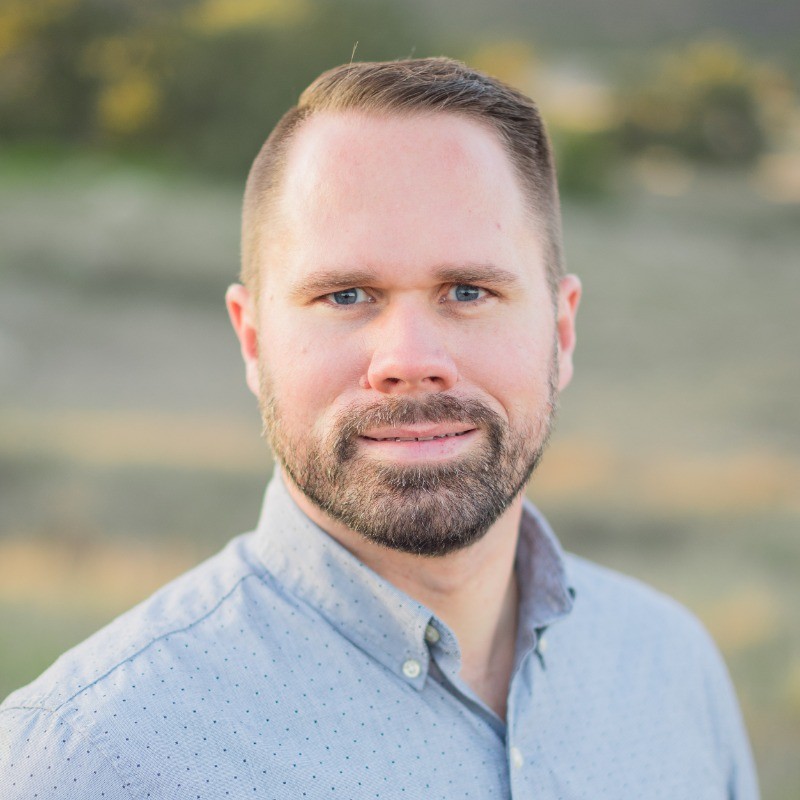

Despite decades of outreach and training, the number of damages to underground utilities continues to grow. New approaches are needed to reverse this trend. Texas811 has an idea and test results to prove it works.
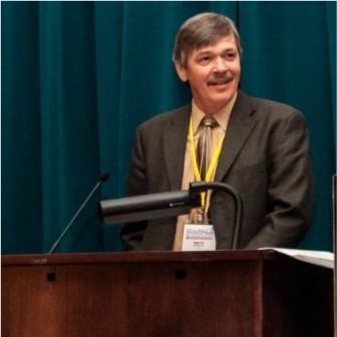
Enforcement is nothing more than the basic act of making sure people adhere to a set of rules or laws to be compliant. Whereas effective enforcement goes beyond compliance and penalties. It involves strategies and practices designed to achieve desired outcomes. If you can't tell me your strategy, your enforcement may not be effective. This session will discuss what effective enforecment looks like.
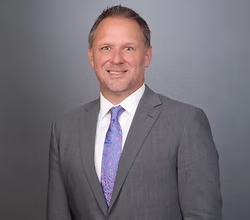
Sandy Sanford, Attorney/Lobbyist, Sanford Law and Government Affairs
Mississippi attorney and lobbyist, Sandy Sanford has successfully transformed much of Mississippi's dig law from unenforceable to enforceable. While there is still much work to be done, his attention to the big picture has served Mississippi's damage prevention program well. Attend this session to learn more about strategies for drafting and interpreting State Damage Prevention Legislation.


On August 11, 2025, “811 Day,” Virginia 811 published a white paper examining excavation readiness in Virginia juxtaposed with national conclusions that the Common Ground Alliance had previously published related to this important topic, suggesting excavation readiness nationwide is a “coin toss.” The analysis suggests this roughly 50% average rate of excavation readiness nationwide is not evident in Virginia, bringing to question national trends. Ultimately, the white paper is as much about data integrity and how our industry should examine and approach data; it is as much about exploring data’s relationship with truth as it is about excavation readiness. This presentation will briefly examine two historical events, the 1849 and 1854 cholera epidemics in London (tied to potable water, delivered via underground piping), to explore the inspiration behind the white paper. The use of data during these epidemics is a strong reminder that data is subject to interpretation and is not necessarily tied to truth – it is a tool that can be leveraged to move us closer to truth, but only if data is questioned in a healthy manner and a manner that is driven by questions – and continued dialectic (Platonic, not Hegelian). Healthy skepticism is the strongest tool we in damage prevention have, and this presentation will focus on how we as an industry can embrace healthy skepticism to drive damage prevention along a line of continuous improvement. Participants will review how Virginia 811 approached excavation readiness through the lens of healthy skepticism, leading to the development of its excavation readiness model.

Companies across America will struggle with recruiting and retaining talent within the next 5 years. Chris Czarnik has been helping companies across the nation change the way they recruit talent with a unique process that is proven to retain them. As one of the most accomplished career coaches in the country, Chris can teach you how to solve your talent issues once and for all. Let him teach you how to transform your workforce.


.avif)

Jemmie Wang, Partner, BizMetrix, LLC
David Appelbaum, Senior Transportation Specialist, Office of State Programs, Pipeline and Hazardous Materials Safety Administration (PHMSA)
Sandy Sanford, Attorney/Lobbyist, Sanford Law and Government Affairs
Shane Alexander, Director, Damage Prevention, Public Awarenes and Meter Reading, CenterPoint Energy
Ricardo Gamez, Compliance Analyst, Railroad Commission of Texas
The impact of enforcement will have consequences, some intentional and some unintentional. Attend this session to learn more about how to define our expectations that will align with the ultimate goal of changing behaviors that prevents us from achieving our goal of damage prevention. Attend this session and expect the status quo to be challenged.

